Determinantes del Estrés Hídrico en el Perú Entre 2008 y 2022
Resumen
El presente estudio analiza el impacto del cambio climático, la degradación ambiental, la infraestructura de riego, el crecimiento económico y el crecimiento poblacional sobre el estrés hídrico en el Perú durante el período 2008-2022. La investigación se enmarca en un enfoque cuantitativo, de tipo longitudinal no experimental y considera variables, dimensiones e indicadores pertinentes. Para el análisis se utilizaron datos del Ministerio del Ambiente (2025), las Naciones Unidas (2025) y el Banco Mundial (2025). Aplicando el método de Mínimos Cuadrados Robustos (MCR), se encontró que una variación del 1 % en los factores explicativos genera un cambio del 0,098 % (cambio climático), 0,068 % (degradación ambiental), 3,79 % (infraestructura de riego), 0,30 % (crecimiento económico) y 0,074 % (crecimiento poblacional) en el nivel de estrés hídrico. Los resultados evidencian la necesidad urgente de formular políticas públicas orientadas a mitigar dichos efectos, fortalecer la infraestructura de riego y reevaluar el modelo de crecimiento económico y demográfico para lograr un desarrollo sostenible compatible con la conservación de los recursos hídricos.
Descargas
Citas
Alegría, J. F. (2007). The Challenges of Water Resources Management In Peru.
Arlinghaus, J., Calder, J., Danielson, L., Ellis, J., Paciorek, A., & Perry, E. (2018). Proteger mejor el medio ambiente. En OCDE, Getting it Right: Prioridades estratégicas para México (pp.125–136).
Bahamon Urrea, C., Londoño Ciro, L. A., & Osorio Restrepo, A. D. J. (2018). Caracterización espacial de la precipitación en el cañón del rio cauca, tramo comprendido entre los municipios de caramanta y sabanalarga, jurisdicción de corantioquia, departamento de Antioquia, durante el periodo 2004 - 2014. Ingenierías USBMed, 9(1), 58–68.
https://doi.org/10.21500/20275846.3319
Chanuka, W. (2005). Book review: The End of Poverty: Economic Possibilities for Our Time, by Jeffrey D Sachs, 2005. South African Journal of Information and Communication, 14(6), 0.
https://doi.org/10.23962/10539/19811
Chiang, G., Munkittrick, K. R., Mcmaster, M. E., Barra, R., & Servos, M. (2014). Regional Cumulative Effects Monitoring Framework: Gaps and Challenges for the Biobío River Basin in South Central Chile. Gayana (Concepción), 78(2), 109–119.
https://doi.org/10.4067/s0717-65382014000200004
Costanza, R., d'Arge, R., de Groot, R., Farber, S., Grasso, M., Hannon, B., Limburg, K., Naeem, S., O'Neill, R., Paruelo, J., Raskin, R. G., Sutton, P., & van den Belt, M. (1997). The value of the world's ecosystem services and natural capital. Nature, 387, 253–260.
https://doi.org/10.1038/387253a0
Díaz, M. A., Decinti, A., Blanco, D., & Vasquez, K. (2021). Methodology for the reuse of grey water in dwelling located in areas of water stress and extreme hydric stress - Characterization, quality and treatment options for reuse in Chile. Informes de La Construccion, 73(563), 1–12.
https://doi.org/10.3989/ic.80823
Drenkhan, F., Carey, M., Huggel, C., Seidel, J., & Oré, M. T. (2015). The changing water cycle: climatic and socioeconomic drivers of water-related changes in the Andes of Peru. Wiley Interdisciplinary Reviews: Water, 2(6), 715–733. https://doi.org/10.1002/WAT2.1105
Eda, L. E. H., & Chen, W. (2010). Integrated water resources management in Peru. Procedia Environmental Sciences, 2, 340–348.
https://doi.org/10.1016/j.proenv.2010.10.039
FAO (2020). El estado mundial de la agricultura y la alimentación 2020. Superar los desafíos relacionados con el agua en la agricultura.
https://doi.org/10.4060/cb1447es
Figueroa, C. M., Teutli-Sequeira, E. A., Castillo Suárez, L. A., & Linares Hernández, I. (2023). El estrés hídrico en méxico: retos, estrategias y tendencias futuras de cómo enfrentar el día cero. Revista Científica de Estudios Transdisciplinaria, 8 (23), 1-9.
Chamba-Ontaneda, M., Massa-Sánchez, P., & Fries, A. (2019). Presión demográfica sobre el agua: un análisis regional para Ecuador. Revista Geográfica Venezolana, 60(2), 360-377. https://www.redalyc.org/journal/3477/347766130008/html/
Gammie, G., & De Bievre, (2015). Assessing Green Interventions for the Water Supply of Lima, Peru Cost-Effectiveness, Potential Impact, and Priority Research Areas.
Garret, H. (1968). TheTragedy of the Commons. The population problem has no technical solution; it requires afundamental extension in morality. Science, 162(3859), 1243-1248.
https://doi.org/10.1126/science.162.3859.1243
Guevara-Pérez, E. (2018). Synthetic analysis of the debate on the integrated management of water resources in Peru. Revista INGENIERÍA UC, 25(2),
https://www.redalyc.org/journal/707/70757669019/html/
Hoekstra, A. Y., & Mekonnen, M. M. (2011). The water footprint of humanity, Proc. Natl. Acad. Sci. U.S.A., 109(9) 3232-3237.
https://doi.org/10.1073/pnas.1109936109
Ioris, A. (2012). Scarcity, Neoliberalism and the “Water business” in Lima, Peru. Human Geography, 5(2), 93–105.
https://www.pnas.org/doi/full/10.1073/pnas.1109936109
Kaidou-Jeffrey, D., Kendall, P., Peters, A. C., & Ram, J. (2018). Managing water resources for sustainable development in the Caribbean: Dynamic policy options. Social and Economic Studies, 67(4), 37–66.
https://www.mona.uwi.edu/ses/article/151
Kozicki, Z. A., & Baiyasi-Kozicki, S. J. S. (2019). The survival of mankind requires a Water Quality and Quantity Index (WQQI) and Water Applied Testing and Environmental Research (WATER) Centers. World Water Policy, 5(1), 55–70.
https://doi.org/10.1002/wwp2.12007
Lario, O. (26 de junio de 2022). Cada gota cuenta. Actualidad Económica, 12.
https://www.proquest.com/magazines/cada-gota-cuenta/docview/2680662943/se-2
Naciones Unidas (2025, January 5). UnWater.
https://sdg6data.org/en/system/404
Observatorio Ceplan (2024, December). Aumento del estrés hídrico.
Https://Observatorio.Ceplan.Gob.Pe/Ficha/Tg43.
Olivares, I., Svenning, J. C., van Bodegom, P. M., & Balslev, H. (2015). Effects of Warming and Drought on the Vegetation and Plant Diversity in the Amazon Basin. Botanical Review, 81(1), 42–69.
https://doi.org/10.1007/s12229-014-9149-8
Organización de las Naciones Unidas para el Desarrollo Industrial. (2021). El Futuro de la industrialización en un mundo post-pandémico.
https://www.unido.org/sites/default/files/files/2021-11/IDR%202022%20OVERVIEW%20-%20SP%20EBOOK.pdf
Perevochtchikova, M. (2014). Pago por servicios ambientales en México Un acercamiento para su estudio. El Colegio de México.
Ponce-Vega, L. A. (2015). Puquios, qanats y manantiales: gestión del agua en el Perú antiguo. Agricultura Sociedad y Desarrollo, 12(3), 279-296.
https://www.scielo.org.mx/scielo.php?pid=S1870-54722015000300002&script=sci_abstract
Pulido Pulido, S. Y. (2014). Especies reactivas de oxígeno y la enzima Superóxido Dismutasa como defensa de las plantas al estrés hídrico. Revista de Investigación Agraria y Ambiental, 5(2), 269-276.
https://doi.org/10.22490/21456453.1342
Rijalba-Palacios, P. (2024). Relaciones entre recurso hídrico y ecosistemas: análisis y propuesta de gestión. European Public & Social Innovation Review, 9, 1–15.
https://doi.org/10.31637/epsir-2024-676
Smakhtin, V., Revenga, C., & Döll, P. (2004). A pilot global assessment of environmental water requirements and scarcity. Water International, 29(3), 307–317
https://doi.org/10.1080/02508060408691785
Taft, H. L. (2015). Water Scarcity: Global Challenges for Agriculture. In S. Ahuja (Ed.), Food, Energy, and Water (pp. 395-429). Elsevier.
https://doi.org/10.1016/B978-0-12-800211-7.00016-8
UN-Water (2015). World Water Development Report: Water for a sustainable world.
Vörösmarty, C. J., Green, P., Salisbury, J., & Lammers, R. B. (2000). Global Water Resources: Vulnerability from Climate Change and Population Growth. Science, 289(5477), 284-288. 10.1126/science.289.5477.284
Derechos de autor 2025 Pierina Catherine Norabuena Trejo, Oscar Guillermo Ellacuriaga San Martin, Carlos Antonio Reyes Pareja

Esta obra está bajo licencia internacional Creative Commons Reconocimiento 4.0.






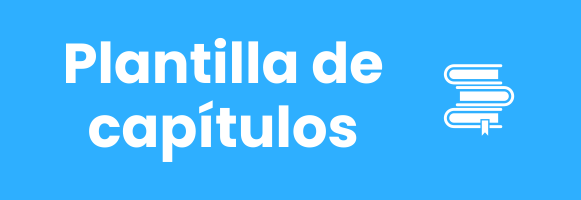
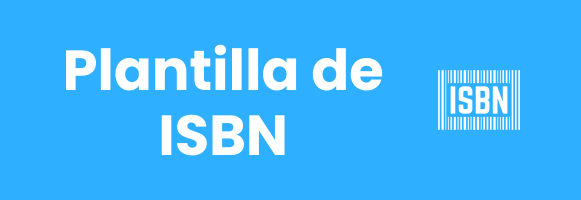
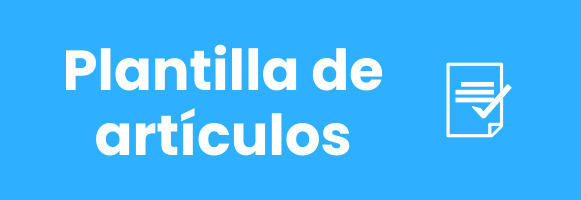



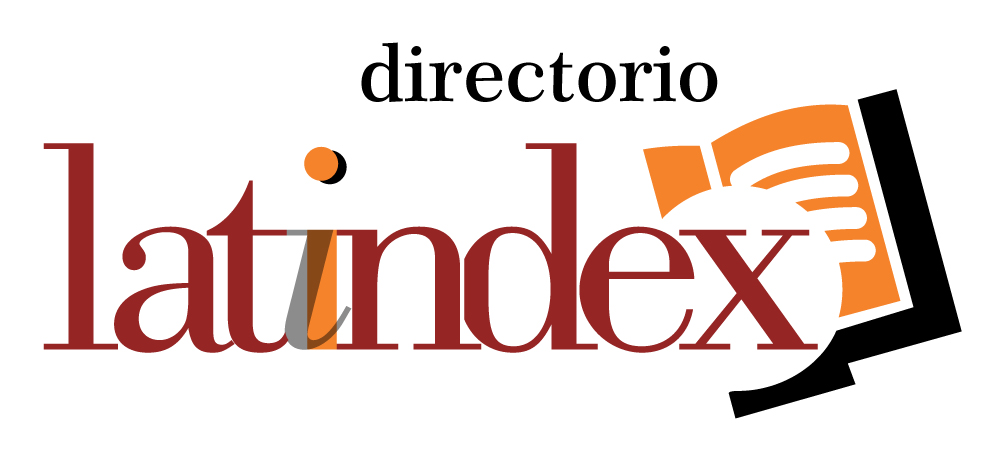
.png)
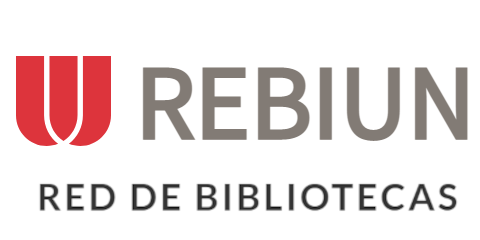







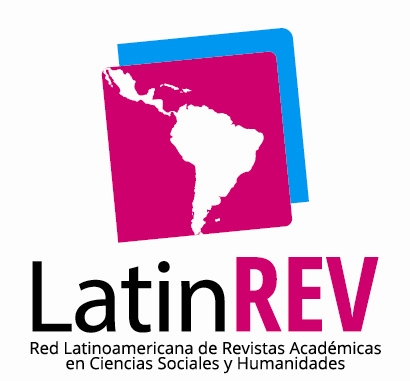

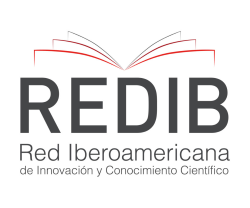


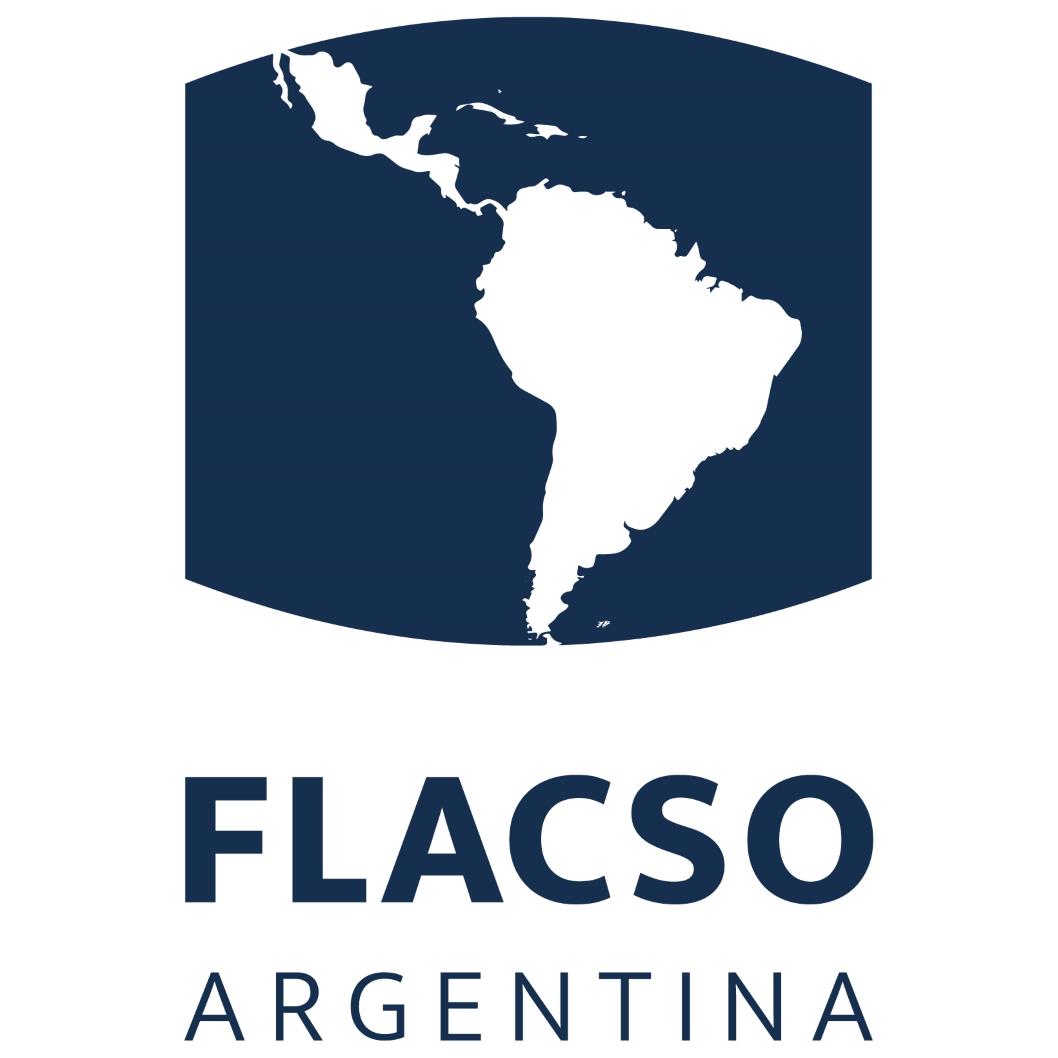






.png)
1.png)


